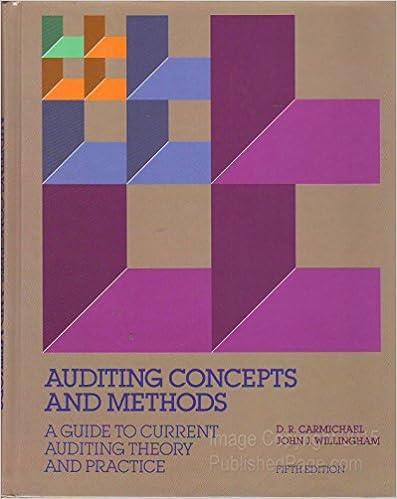
3. The table below reports per capita GDP and capital per person in the year 2007 for 8 countries. k=K/L y=Y/L k/kusa y/yusa Pred. y/yusa Implied TFP U.S. 135,877 42,877 1.000 1.000 1.000 1.000 France 109,023 36,168 Hong Kong 123,268 43,121 South Korea 104,864 23,850 Argentina 35,182 15,275 Mexico 33,168 11,204 Kenya 2,379 2,025 Ethiopia 584 1,110 (a) Given the values in columns 1 and 2, fill in columns 3 and 4. That is, compute per capita GDP and capital per person relative to the U.S. values. (b) In column 5, use the production model (with a capital exponent of 1/3) to compute predicted per capita GDP for each country, assuming there are no TFP differences. (c) column 6, compute the level of TFP for each country that is needed to match up the model and the data. (d) Comment on the general results you find (e) Suppose we instead assume that the production function is given by Y = AK 3/4 1/4. That is, we assume that the diminishing returns to capital are now smaller. Why do you think the results now differ? Is it reasonable to assume a capital share of 3/4 in the model? k=K/L y=Y/L k/kusa y/yusa Pred. y/yusa Implied TFP U.S. 135,877 42,877 1.000 1.000 1.000 1.000 France 109,023 36,168 Hong Kong 123,268 43,121 South Korea 104,864 23,850 Argentina 35,182 15,275 Mexico 33,168 11,204 Kenya 2,379 2,025 Ethiopia 584 1,110 3. The table below reports per capita GDP and capital per person in the year 2007 for 8 countries. k=K/L y=Y/L k/kusa y/yusa Pred. y/yusa Implied TFP U.S. 135,877 42,877 1.000 1.000 1.000 1.000 France 109,023 36,168 Hong Kong 123,268 43,121 South Korea 104,864 23,850 Argentina 35,182 15,275 Mexico 33,168 11,204 Kenya 2,379 2,025 Ethiopia 584 1,110 (a) Given the values in columns 1 and 2, fill in columns 3 and 4. That is, compute per capita GDP and capital per person relative to the U.S. values. (b) In column 5, use the production model (with a capital exponent of 1/3) to compute predicted per capita GDP for each country, assuming there are no TFP differences. (c) column 6, compute the level of TFP for each country that is needed to match up the model and the data. (d) Comment on the general results you find (e) Suppose we instead assume that the production function is given by Y = AK 3/4 1/4. That is, we assume that the diminishing returns to capital are now smaller. Why do you think the results now differ? Is it reasonable to assume a capital share of 3/4 in the model? k=K/L y=Y/L k/kusa y/yusa Pred. y/yusa Implied TFP U.S. 135,877 42,877 1.000 1.000 1.000 1.000 France 109,023 36,168 Hong Kong 123,268 43,121 South Korea 104,864 23,850 Argentina 35,182 15,275 Mexico 33,168 11,204 Kenya 2,379 2,025 Ethiopia 584 1,110







